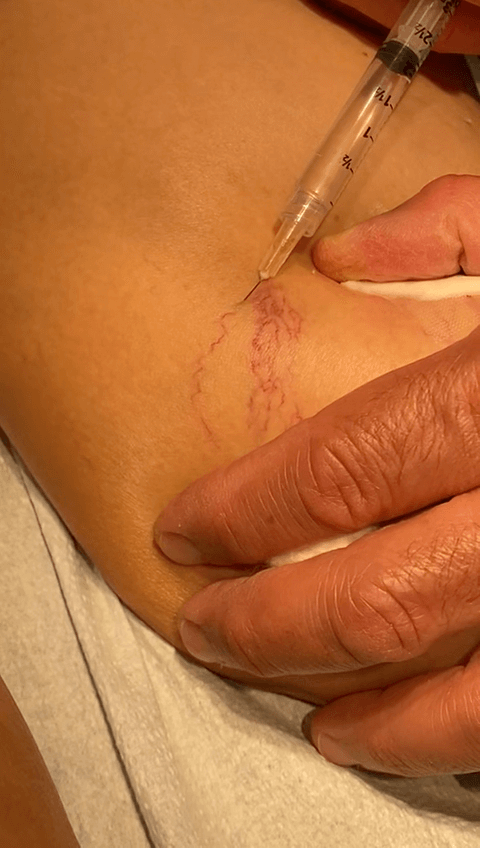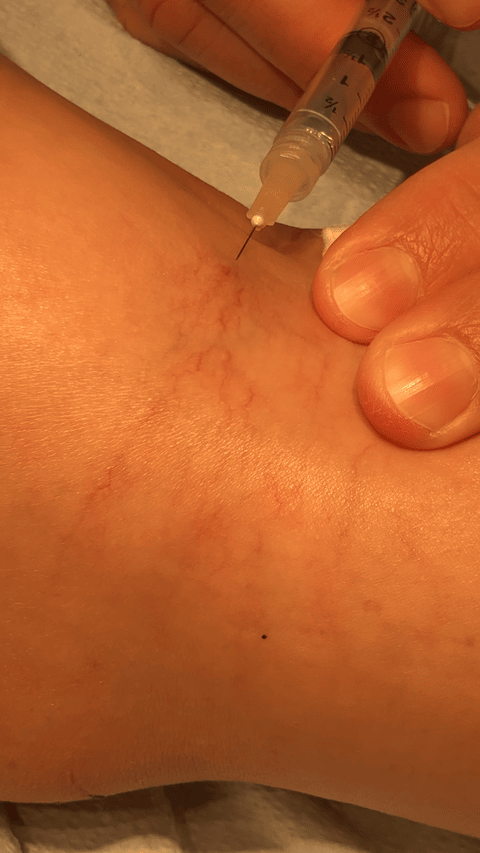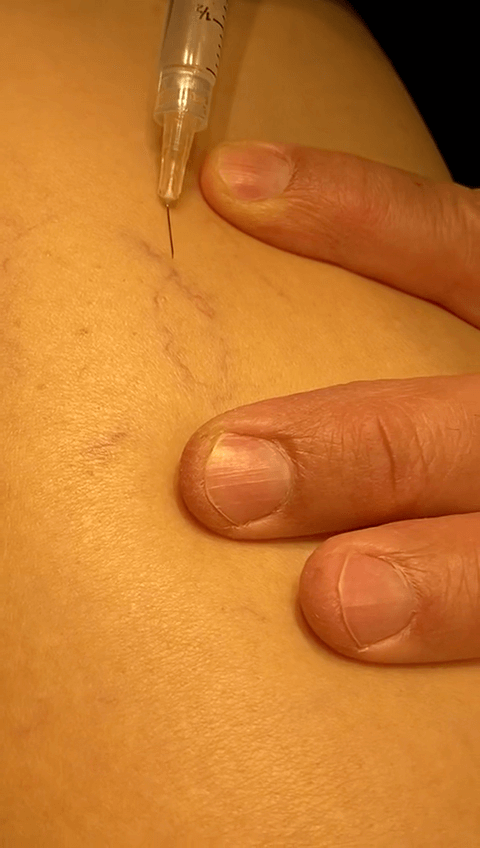Non-surgical Procedure
Varicose and Spider Veins
Spider veins are smaller red, purple, and blue vessels that twist and turn and are more superficial under the skin and they resemble a “spider web”. They are easily visible through the skin, especially in lighter color skin. They are typically seen on the legs and face. Usually, there is no pain associated with spider veins.
Varicose veins are larger, raised, swollen blood vessels that are deeper under the skin. They can get very large, twist, and turn, and can be associated with cramping pain, throbbing, or tiredness.
Video Gallery
Varicose and Spider Veins
Causes of Varicose & Spider Veins
There are several causes that a person can develop spider veins and varicose veins including:
- Heredity
- Prior vein surgery
- History of blood clots
- Leg trauma or injury
- Extra pressure from body weight
- Use of birth control pills and hormone pills
- Hormonal effects from pregnancy, puberty, menopause
- Chronic constipation and increased abdominal pressure
- More commonly seen in women (50-55%) than men (40-45%)
- Through the aging process, the valves in the veins may weaken
- Occupations that require standing positions such as teachers, servers, hair stylists, nurses
Anatomy of the Veins
The heart pumps blood filled with oxygen and nutrients to the body through the arteries. Veins then carry the blood from the body back to the heart. As your leg muscles move, they push blood back to the heart from your lower body against the flow of gravity. Valves or flaps prevent blood from flowing backward as it moves up the legs towards the heart.
Varicose veins and spider veins are usually caused by weak or damaged valves inside the veins. Weak valves allow leakage of blood backward into the legs. This results in dilatation or enlargement of the veins.
What treatment options are available?
Injectables
- Injecting specific medications into the veins causes them to disappear gradually over three to nine weeks. However, it does not prevent the formation of new spider veins or varicose veins in the future.
Laser and pulsed light devices
- Laser and pulsed light devices use heat energy to damage and destroy abnormal veins. These treatments are usually associated with some discomfort and localized blister and bruising formation. Typically, the results are disappointing.
Surgical
- Surgical removal of the large and problematic veins may be performed under local or general anesthesia, where the veins are pulled and tied off using sutures. Surgical technique is not an option for spider veins.
Vein Injection Procedure
Sclerotherapy is a procedure where these unsightly veins are injected with a sclerosing agent (special medications) by using a very fine needle to cause the veins to collapse and disappear permanently. These treatments do not require any anesthesia and are relatively painless. In some cases, the same vein may need to be treated more than once. Treatments are usually done every 6-8 weeks. We do recommend our patients wear compression stockings after sclerotherapy to help with healing and decrease swelling.
Sclerotherapy injection is considered the treatment of choice for spider veins and smaller varicose veins. These treatments can potentially improve appearance and related symptoms such as aching, swelling, or night cramps.
How to lower the risk of spider veins
Regardless of what treatment is performed, wearing compression stockings, especially when there is pain, is crucial. This prevents the pulling of blood into the legs which can cause dilatation of the veins.
Lifestyle changes such as weight reduction, avoiding standing positions for extended periods, elevating the legs when possible, and exercising the legs by running or walking more frequently can help in the treatment of unsightly veins. Use sun protection and limit exposure especially if you have a light skin complexion to prevent spider veins on the face.
have a question?
Varicose and Spider Veins: Frequently Asked Questions
Where is the injection procedure performed?
These procedures are typically performed in outpatient surgery centers.
When can I resume regular activities and exercise after injections?
Depending on the treatment option, you should be able to resume regular activities within 2-3 days.
Can I have the injections if I am pregnant?
We do not recommend the injections or any of the other options to be performed while you are pregnant or while you are breastfeeding.
Are spider veins dangerous?
They usually pose no health hazard and are not dangerous however, over time they may produce a dull aching in the legs. These small veins carry minimal amounts of blood and the blood flow is re-directed by the body.
Does insurance cover varicose or spider vein treatments?
Many insurance companies cover the cost of treating varicose veins, but generally not spider veins. The best approach is to check with your insurance company before considering treatment options.
How long does the injection procedure take to complete?
Typically it takes about 20-30 minutes depending on the number of veins injected
What are the risks of the sclerotherapy (vein injection) procedure?
- Slight itching
- Bruising
- Raised redness
- Skin sores
- Darkened skin or discoloration
- Recurrence







